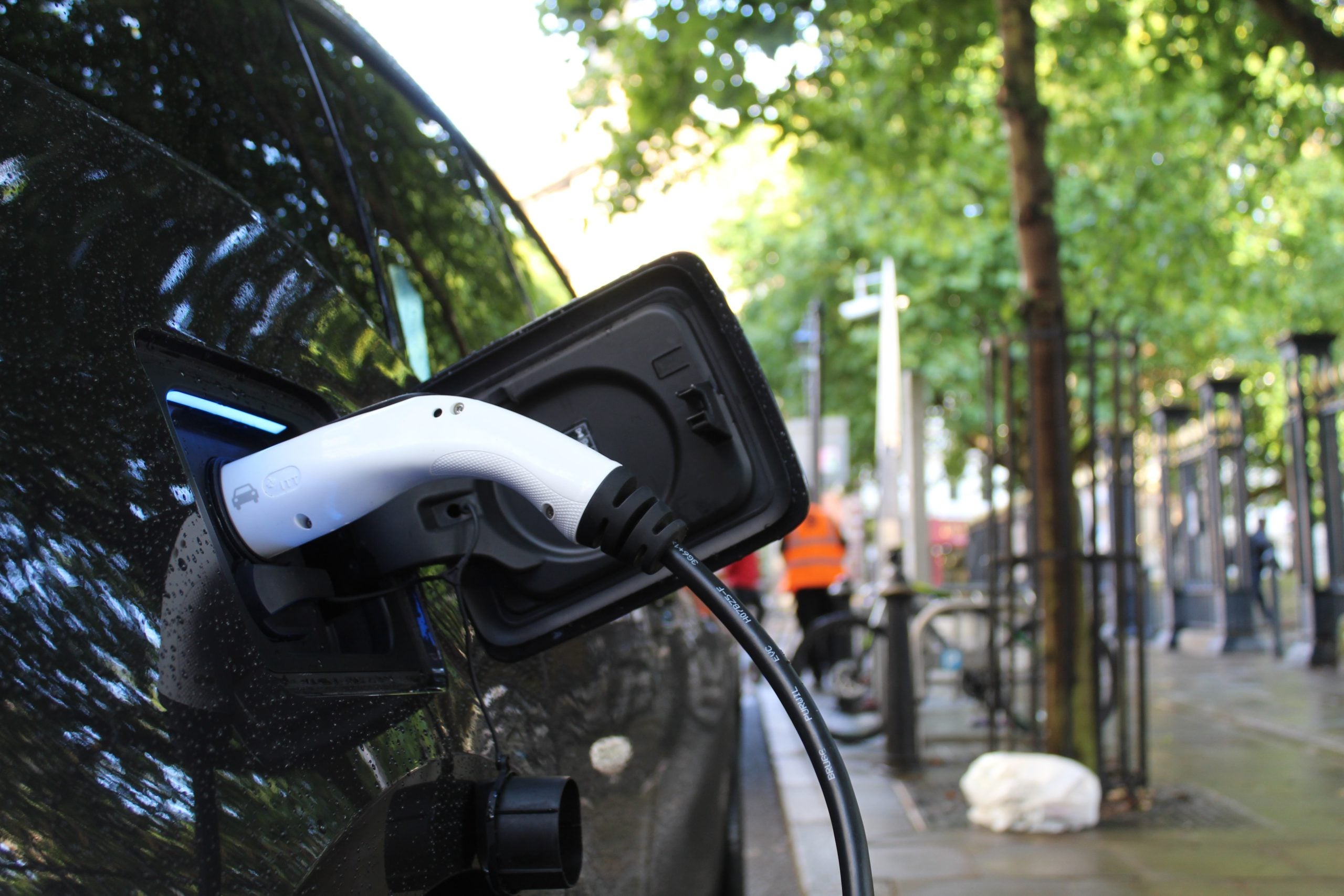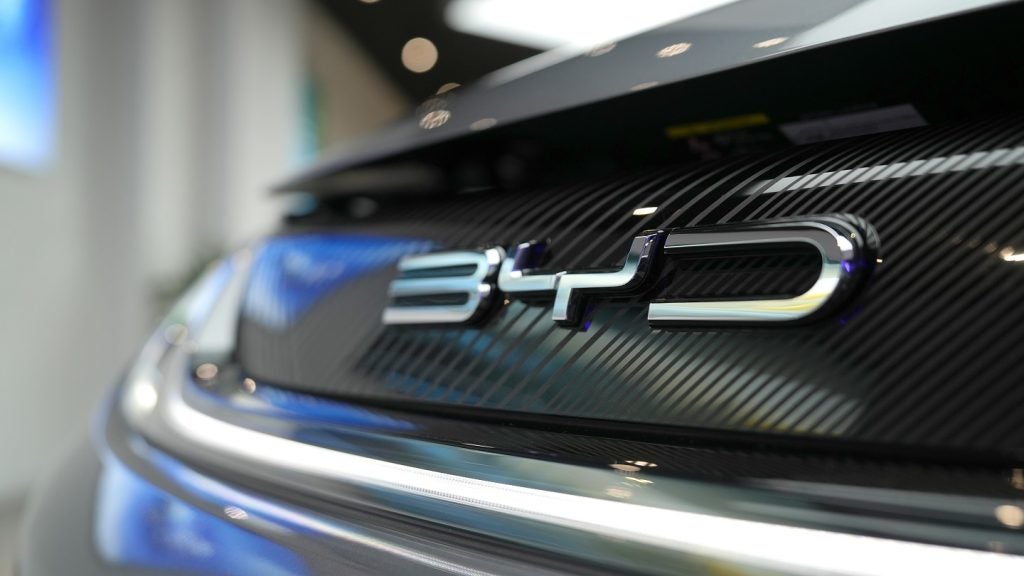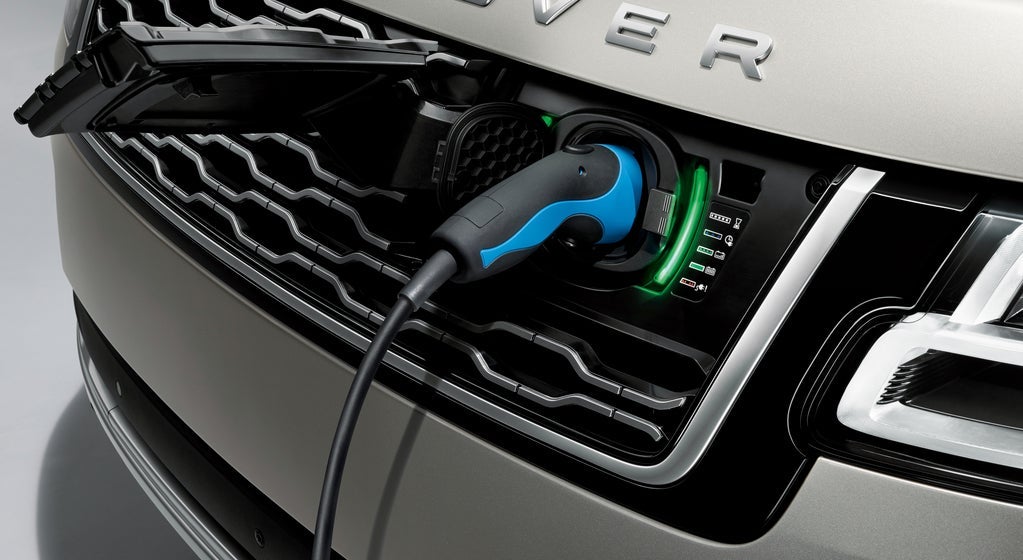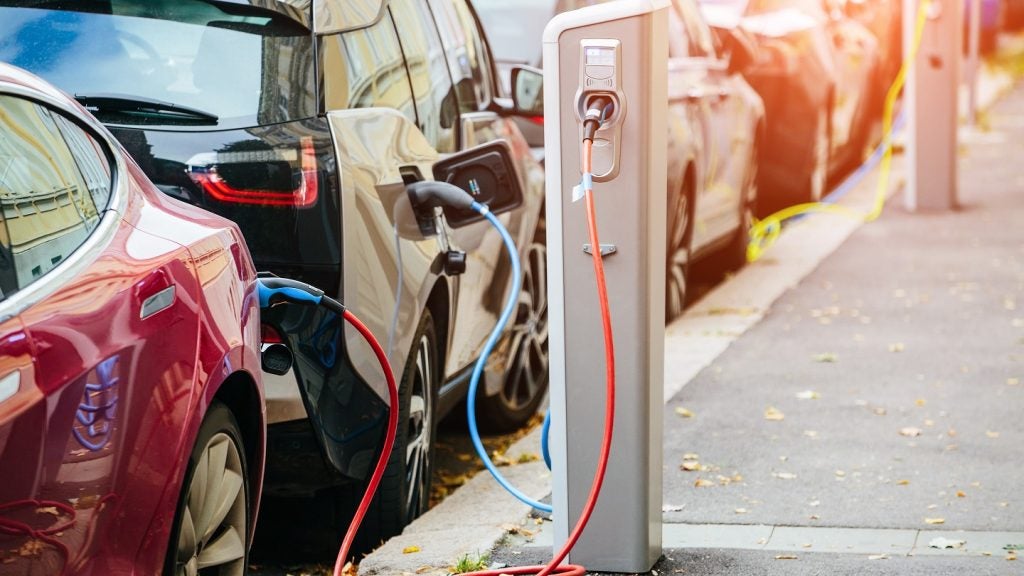
Cracking the Code: Understanding the Future of EV Charging
Last month the EV charging company LEKTRI.CO teamed up with injection moulding specialists at Hubs to create a new range of destination chargers. But one of the key features of these chargers is not just how they are built, but the added software functionality they boast. These new chargers will allow customers to use a smartphone to charge their car batteries only during low-tariff hours or to remotely stop and charge their car only when solar power is available.
The new 1P7K charger will connect to customers’ home or office wi-fi and be integrated into any PV system, regardless of brand or type. Working with the smartphone app, this is more than a charger, it is a complete IoT solution.
What this illustrates is the key role that software will come to have in the future of the EV transition. It is an area that is often overlooked in the discussion of our switch to electric vehicles, but it will be crucial in making that switch practical for millions of users.
“While the number of charging points is growing, it is still far away from being able to meet the demands of many EV drivers,” explains Julien Deconinck, managing director at DAI Magister. “EV drivers must still plan their journeys, especially longer ones, as the network of chargers is still inadequate, and ‘range anxiety’ remains a major stumbling block for many willing consumers.”
As the EV market grows, it will strain the grid. According to some estimates, 1.1 EV chargers will be needed for every EV car. This may increase the peak electricity demand on local grids by as much as 15-50%, requiring expensive upgrades to accommodate the increased demand.
“The interoperability of different EV charging systems remains a major issue,” Deconinck points out. “Currently it causes problems with overnight charging for EV owners who lack off-street parking and journey planning. Having varying protocols leads to different standards and levels of device management, transaction handling, security, and smart charging functionalities.”
How well do you really know your competitors?
Access the most comprehensive Company Profiles on the market, powered by GlobalData. Save hours of research. Gain competitive edge.

Thank you!
Your download email will arrive shortly
Not ready to buy yet? Download a free sample
We are confident about the unique quality of our Company Profiles. However, we want you to make the most beneficial decision for your business, so we offer a free sample that you can download by submitting the below form
By GlobalDataThis is a challenge the industry is already attempting to adapt to. New protocols like the Open Charge Point Protocol (OCPP) and communication standards such as ISO 15118 are now in place. But as Deconinck points out, these will need continuous co-development by all stakeholders to increase compatibility between different charging stations and management systems.
Several companies are already working to solve what Deconinck calls the “pain points” around EV charging infrastructure availability and its impact on the power grid. This revolves around cities and EV charging companies planning the placement of chargers, utilities monitoring strain on the grid resulting from EV charging, and EV drivers planning their trips. Deconinck can point to several instrumental examples of software solutions.
“PredictEV, Volta Charging’s proprietary network planning software, uses machine learning to predict current and future EV charging needs, from infrastructure load requirements to site-level specifics,” he says.
“The software can forecast current and future demand with high levels of accuracy, allowing for precision network expansion. State governments in the US are now using PredictEV to identify optimal and equitable charging locations.”
Meanwhile, companies such as the London-based Kaluza are addressing issues around grid management. Kaluza’s advanced platform helps utilities manage the impact of EV charging on electricity grid demand by providing an intelligent, distributed system that can monitor, control and optimise charging.
Kaluza uses an AI-driven approach to predict EV charging behaviour and reduce peak demand, while also optimising energy costs by intelligently scheduling charging to coincide with low energy demand and lower electricity rates.
Another company, WeaveGrid, applies a data-driven platform which ensures the grid can accommodate electric vehicles safely by helping utilities in the US find EV drivers, analyse and gather insights on charging patterns, and enrol them in managed charging programmes and EV-specific rates while incentivising beneficial charging habits.
“For journey planning, there are a number of apps that help drivers optimise their trips both from a timing and cost perspective,” Deconinck says. “For instance in the UK, Zap-Map has almost all public charge points mapped, showing live status data. Its paid version offers What3words navigation, charging network filters, charger ratings and display on the car screen.”
A Range of Solutions
Traditionally, refuelling a car that runs on fossil fuels is straightforward. Fuelling electric vehicles can be more complex. Some stations can fully charge a car within as little as an hour, or even bring it to 80% charged within the space of 20 minutes. Others require several hours. Overnight charging is an option, but the length of time this takes varies wildly depending on the model and station type.
The kind of vehicle, its location and the charging station being used can also have a huge effect on how much charging costs. Once again, software companies are looking at multiple ways of tackling these challenges. Most of the time, these solutions mean using real-time monitoring and improving demand flexibility in a way that can reduce charging costs.
The Mobility House has developed the easy-to-use and hardware-agnostic “ChargePilot” platform to provide B2C and B2B owners of EV charging stations with a management system for monitoring, maintenance, schedule-based load management and billing.
Meanwhile, Denmark-based Monta’s EV charging management software serves drivers, companies, cities, and the electricity grid with a single integrated software solution. This software makes it easy for businesses to maximise the charging efficiency of their EV charging infrastructure.
“It offers detailed analytics, real-time monitoring, dynamic pricing capabilities and automatic billing and payment,” Deconinck tells us.
Monta helps consumers in nine European countries control their home charging point, identify public charging locations and schedule charging sessions when electricity is cheapest and cleanest.
However, ev.energy goes a step further in “solving” energy management and the cost of charging sessions. This company has pivoted from monitoring to optimisation through predictive suggestions. Its software platform automatically schedules charging sessions depending on electricity prices and leverages home solar panels to obtain free green energy.
The role of software
The word that comes up time and time again when looking at charging solutions is “seamless”. Norwegian smart charger provider Easee has recently partnered with EV subscription company, elmo and AES to provide one such seamless charging solution.
By joining forces these companies offer their customers the ability to access the elmo Home Charge offer, including full installation of the Easee One for a discounted price paired with elmo’s competitive subscription rates.
The Easee One unit is fully compliant with the new Smart Chargepoint regulations that came into force in the UK last December. Crucially, the Easee One unit comes with access to the Easee App, which, like many software solutions, allows users to schedule EV charging sessions to benefit from cheaper off-peak energy tariffs, as well as tracking their energy usage and expenditure.
These capabilities are not just beneficial for customers – they are critical to making the energy changeover viable.
“The role of software will be vitally important in driving the energy transition,” says Bobby Cave, Easee’s Product Specialist. “There is a tremendous amount of data to be utilised, which allows us to both discover future trends and enable chargepoint diagnostics and maintenance. EV chargers contain many sensors that enable companies to develop tools for utilising this data as well as connecting the chargers to cloud-based software solutions to quickly diagnose and solve issues.”
As Cave points out, software can also help customers find the cheapest or closest charging station when they are on the go, while map-integrated solutions in the form of apps or directly integrated with the car software give customers the security to plan their trips efficiently.
“As the EV adoption scales, systematic maintenance of EV infrastructure will become crucial. Whilst EV charger monitoring exists today, the concept of smart, ‘self-healing’ EV chargers are not yet widely adopted,” Deconinck says. “This capability will be software-led, as evidenced by the smartphone market.”
In the smartphone market, phones learn from the users’ daily charging habits and use that data to improve the lifespan of their battery.
“Today, companies such as Driivz claim they can already address up to 80% of operational problems related to EV chargers remotely, by leveraging automated self-healing algorithms,” Deconinck explains. “As a result, issues with EV infrastructure can be automatically diagnosed and proactively fixed, even remotely, which maximises network availability and stability.”
The issue is that EVs need more frequent charging than their internal combustion counterparts. While a fossil fuel-powered car will often need around 40 fuelling sessions a year, an EV may need over 500 charging sessions, in the same period.
“This presents opportunities for software to play a role in the optimisation of the charging sessions and to take advantage of those daily interactions to upsell users various services,” Deconinck says. “In the long run, we anticipate the emergence of super-apps from the EV charging software sector, which will fuel significant additional growth.”
According to Virta Global, there will be 140-240 million electric vehicles globally by 2030, which means there will be at least 140 million batteries with an aggregated storage capacity of 7TWh, or 7,000GWh. In 2021, only 2.4GW of storage was developed in Europe, but various studies predict around 200 GW of energy storage will be needed by 2030.
EVs will provide crucial power storage to support the generation of renewable energy, using vehicle-to-grid (V2G) technology.
“EV charging software will be instrumental to the transition towards renewable energies,” says Deconinck. “As more V2G protocols continue to be developed, currently mostly dominated by CHAdeMO-type chargers, we see software playing a larger role to harmonise the different standards and protocols.”
A whitepaper from Kaluza has shown that a typical EV sits parked 90% of the time with a battery capable of storing 40kWh of energy – enough to power an average modern home for two days. The next big step is to unlock bi-directional charging, enabling a more affordable, highly resilient energy transition. Companies such as ev.energy and Kaluza are already exploring and developing, trialling, and deploying software in this space. These companies are engaging automotive OEMs early and forming close collaborations with regulators to implement frameworks that enable scale.
“These companies are now set to play a critical role in providing solutions to help take the strain off the grid and accelerate the transition toward renewable energies,” Deconinck predicts. “Overall, we see EV charging software as one of the fastest growing, and potentially one of the largest, new software sectors in the market today. As the complexity and scale of EV charging networks increase, EV charging software looks set to eventually become a market worth over $50bn, helping drive the global economy even faster toward net zero.”
Securing EV’s cyber-future
It is a promising start, but as with the rest of the EV sector, the real challenge remains to achieve widespread adoption.
“An important challenge for EV software players is to reach the critical mass required to cover the important development costs intrinsic to providing critical solutions fit for mass adoption in a still relatively new industry,” Deconinck concludes. “For that, they need routes to market that allow them to reach a large number of customers with limited sales and marketing costs.”
EV software companies have already been partnering with utilities and OEMs to reach out to their customer base. ev.energy has partnered with more than 20 energy and utility groups — among them Eon — as well as several network operators, including UK Power Networks and Southern Company in the US. By doing this, it aims to grow from its 100,000 vehicle-strong user base to reach its objective of registering 1 million vehicles on its charging network.
Of course, as more and more of these software solutions are implemented, they will bring new challenges with them.
“There are many challenges that we face in the EV software sector, one of which is cyber security,” says Cave. “As more software and hardware enters the EV ecosystem, it becomes more important to ensure that security is a focus for the products on the market. To avoid falling behind the cyber security curve, we need to continuously innovate and work closely with regulatory bodies to ensure we remain as safe as possible.”
The recent release of the EV Smart Chargepoint Regulations has mandated a common requirement – that all chargepoint manufacturers must ensure their products and services are both safe and secure.
Read More: Report targets EV service, maintenance and repair benchmarking: epyx







